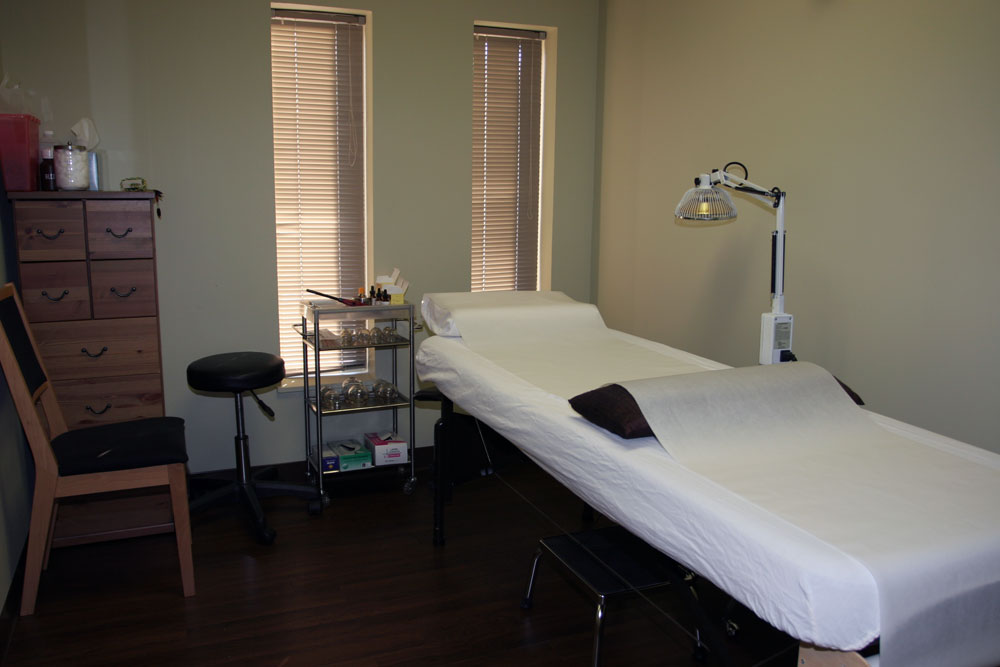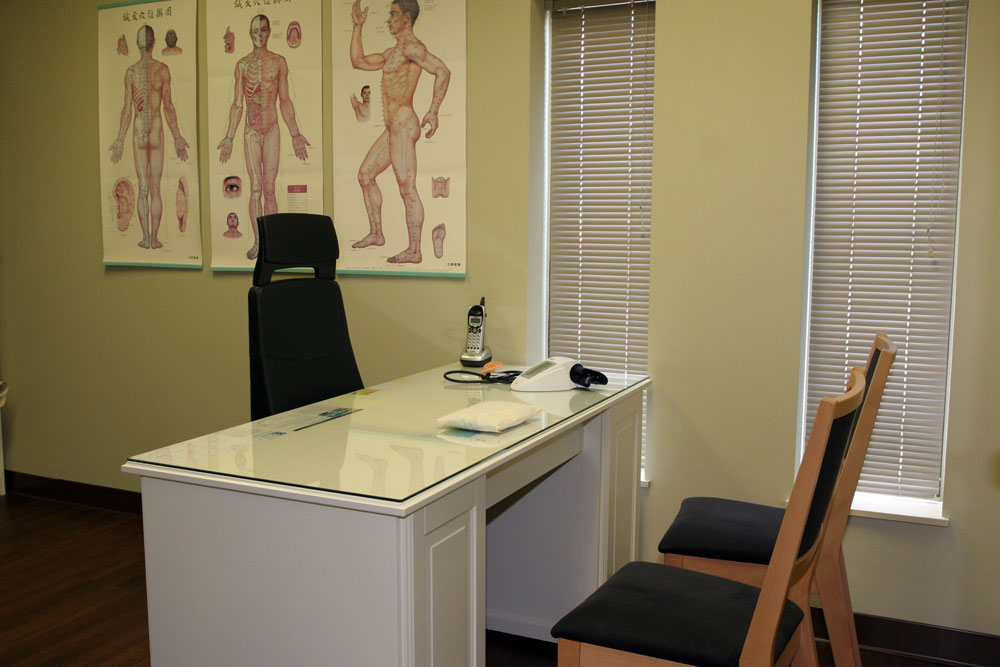Services
- Traditional Chinese Medicine:
Traditional Chinese medicine has existed for more than 2,000 years. Chinese medicine consists of acupuncture, moxibustion, and herbal medicine as well as acupress massage, cupping, therapeutic exercises, and advice on diet and lifestyle. It is based on the principle of internal balance and harmony. When there is good balance between all the internal organs, the body and mind, and the external environment, there is good health. When this state of harmony and balance breaks down, there is disease. The traditional Chinese medical treatment is thought to improve the functioning of the internal organs and bring the body back into balance.
- Diagnosis:
Traditional Chinese medical methods of diagnosis concentrate mainly on personal touching, looking, listening, smelling, as well as asking questioning. The aim is to determine the relative balance of energy in the body as a whole rather than concentrating on isolated symptoms. The methods include pulse-taking, abdominal touch, observational diagnosis, tongue diagnosis, "listening" diagnosis, urine analysis, asking questions about perspiration, sleeping patterns and taste, etc. After gathering all the information from diagnostic analysis, the Chinese medicine practitioner will determine the pathology causing the disease to direct the treatment plan. This is most important part, it will have a great impact on which acupoints will be chosen.
- Chi:
The Chinese have a concept of universal energy or "life force." This vital energy known as Chi is said to be the basis of all lives. In the human body the Chi circulates through the body via 14 major energetic pathways known as "meridians". The acupoints are on the meridians.
- Acupuncture:
Acupuncture is a way of adjusting the body's "life energy" flow. It involves the insertion of fine needles into carefully selected acupuncture points along the energetic pathways of the body. The critical part is the selection of the points.
- Acupoints:
The points affect the meridian system. Each meridian has a specific effect on a specific body system or organ of the body. Needles are inserted on the points and then manipulated, either by twirling or by a gentle pumping action. This removes blockages or stimulates energy flow. Stagnant energy can be dispersed and the whole energy flow regulated.
- Acupuncture needles:
Acupuncture needles are made of stainless steel, silver, or gold and are either disposable (nowadays in the U.S.) or rigorously sterilized (before). The needles vary in diameter and length according to the area of the body where they are to be used. In United States, most acupuncturists use stainless steel disposable needles.


